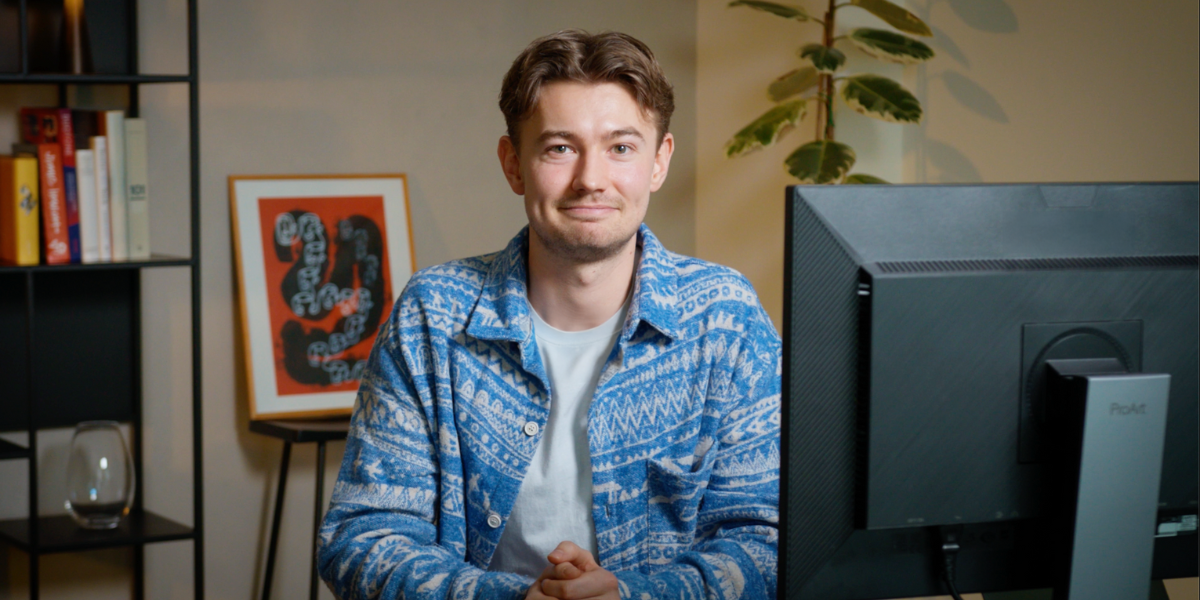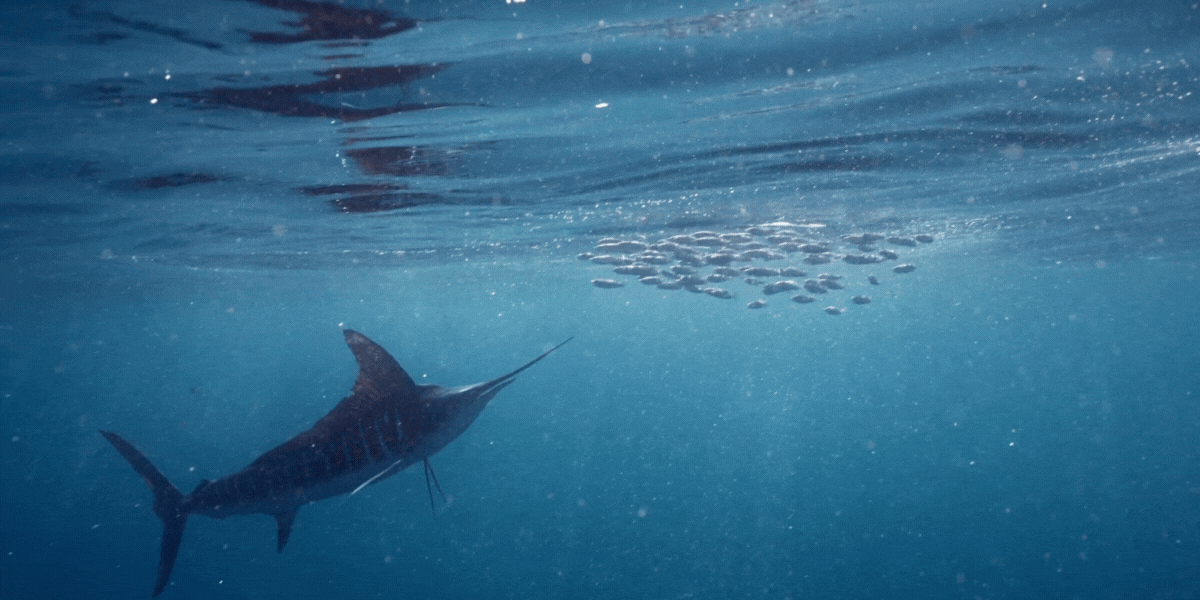Ser creativo de manera constante es uno de los mayores desafíos de vivir la vida de un artista.
Es difícil estar completamente presente en tu vida diaria (lavar la ropa, cepillarte los dientes, cocinar y limpiar) y también alcanzar los lugares más profundamente creativos dentro de ti y crear algo de la nada.
Al fin y al cabo, no podemos programar la inspiración como si fuera una cita médica. Es como intentar capturar un rayo en una botella.
¿Cómo concilias la vida real con la de escritor creativo? ¿Cómo sigues creando cuando no te sientes tan creativo?
Vamos a profundizar en ello.
En este artículo aprenderás:
- ¿Estamos viviendo una crisis de creatividad?
- La verdadera relación entre escritor y musa
- La verdad del estereotipo del escritor-ermitaño
- Absorbiendo arte para inspirarse
- El poder de las indicaciones para escribir
- El papel del perfeccionismo en tu práctica de escritura

¿Estamos viviendo una crisis de creatividad?
Si bien puede ser difícil evaluar la creatividad, las técnicas que utilizamos indican lo mismo: la creatividad está sufriendo . De hecho, se ha observado una disminución constante en las puntuaciones de las pruebas de creatividad desde la década de 1990.
Hay varias razones que se cree que impulsan esta tendencia, pero hay algo que está claro: es más importante que nunca que profundicemos en cómo podemos fomentar la creatividad en nuestras propias vidas.
No esperes a tu musa
Vamos a desmentir ahora mismo un gran mito: la inspiración puede caer como un rayo, pero eso no significa que debamos esperar a que llegue ese rayo antes de sentarnos a escribir.
De hecho, argumentamos que la creatividad no se trata de esperar una chispa divina. Creemos que es todo lo contrario.
¿Escribir 500 palabras con las manos aún podadas de tanto lavar los platos? Eso sí que es creatividad. Es fácil ser creativo cuando recibes esa revelación de arriba. Pero los verdaderos artistas son los que pueden terminar sus impuestos y empezar a escribir sobre dragones de inmediato.
Vive un poco
No, no estamos siendo superficiales. Existe en el mundo literario un mito extraño y generalizado: para ser un verdadero escritor, hay que ser solitario o ermitaño.
¿Adivina qué? Wordsworth no solo no era un ermitaño, sino que aislarse del mundo puede ser perjudicial para la creatividad. ( En serio. Aprende todo sobre ello aquí).
En otras palabras: ¡para escribir hay que vivir un poco!
Absorbiendo arte para inspirarse
Faulkner abogó por la lectura ávida como base para la escritura, comparándola con un carpintero que aprende de un maestro. Stephen King enfatizó que la lectura proporciona a los escritores las herramientas necesarias para convertirse en escritores.
Y vamos un paso más allá al sugerirte alimentar tu cerebro con todo tipo de arte, desde libros y cuentos cortos hasta medios visuales y música, y también con experiencias únicas.
Echa un vistazo al concepto de Julia Cameron de "citas con artistas" para comenzar una fantástica práctica de encantar y romancear tu propio cerebro.
Indicaciones de escritura
Si bien las indicaciones de escritura suelen considerarse herramientas para principiantes, estamos aquí para decirle que son valiosas para escritores de todos los niveles, incluidos los profesionales experimentados.
Cuando intentas ser creativo constantemente, a veces tienes que sentarte a escribir cuando es lo último que quieres hacer. Las propuestas de escritura ofrecen un punto de partida fácil para superar el bloqueo del escritor y la típica procrastinación.
¿Lo mejor? Cuando solo usas indicaciones para empezar y no intentas crear algo refinado, descubrirás que tu creatividad se desata como nunca antes.
Superar el perfeccionismo
Los primeros borradores son inherentemente imperfectos. Nos oirás decirlo una y otra vez. (¡Y no solo nosotros! La autora Anne Lamott acuñó el famoso término "primer borrador de mierda").
¿Por qué repetimos esto tan a menudo? Porque nuestros cerebros están programados para evitar el fracaso y buscar la validación externa, y el resultado es una forma de escribir que limita la creatividad y frena el progreso.
Esta búsqueda de la perfección está acabando con tu creatividad. En cambio, los escritores deben adoptar una mentalidad de crecimiento , establecer metas realistas y separar el borrador del proceso de edición.




























